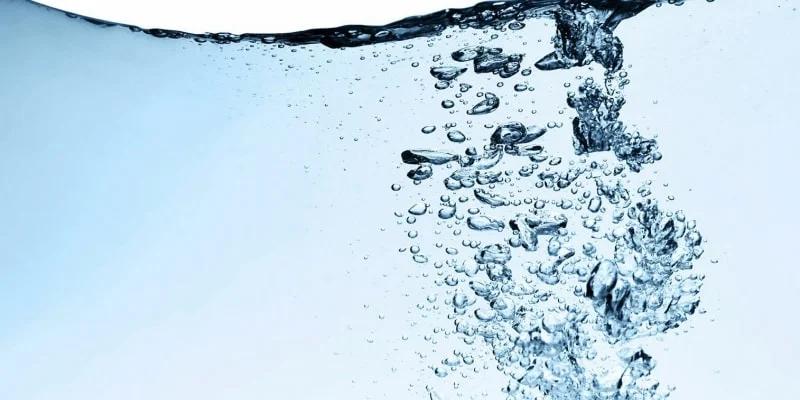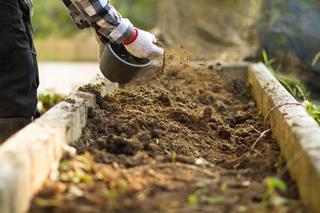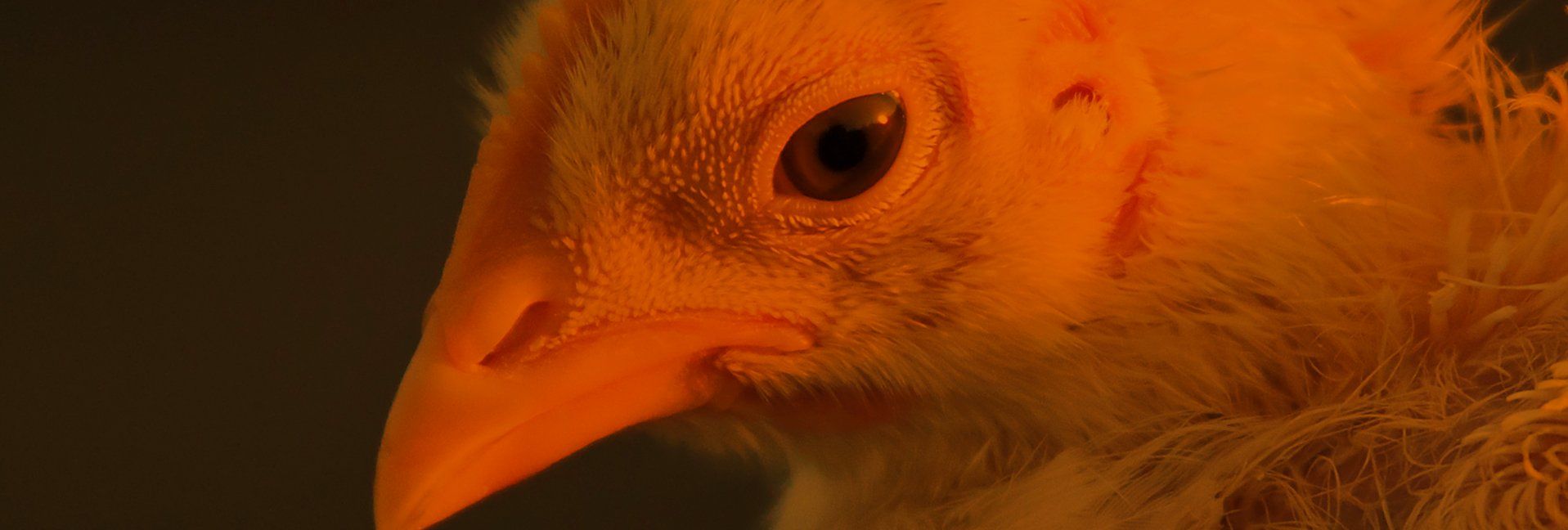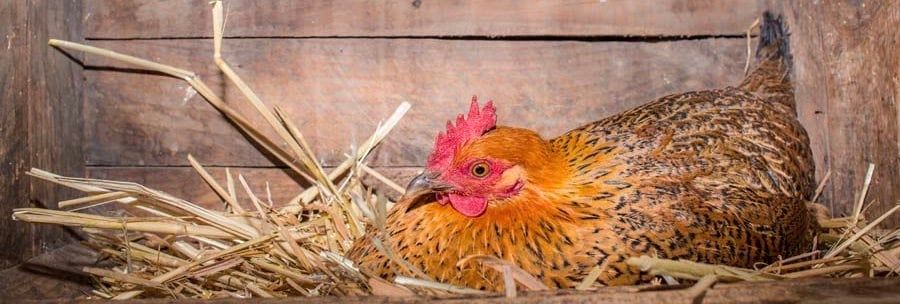Clean Water: An Important and Often Neglected Step for Happy and Healthy Chickens


“Chickens are just like you and me except they’re chickens.” That line from Saturday Night Live’s “Deep Thoughts” bit in the mid-90’s is especially true when talking about water (aka chickens need access to clean water all the time just like their owners do). However, when it comes to our chickens, most of us take the quality of water and how to get good quality water to our chickens via waterers for granted. While we intuitively know that access to clean water is a vital resource that needs to be available continuously, many owners seem to focus on things such as coop design and feeding options more than issues related to water. Sometimes we have to re-remind ourselves of a basic nutritional fact: chickens like most animals can go weeks without food but only a few days (depending on the ambient temperature) without water.
So what exactly is good quality water?
Water is a nutrient. In fact, many nutritionists would argue that water is the most important nutrient in our bodies. No other substance is as widely involved in the make-up and physiology of the body. In fact water makes up approximately 60-70% of all the tissues in the body. The importance of having the proper amounts of water is so important that when you are only one-percent dehydrated your body tells you that you need water via your thirst response.
While we all know that water is made up of two hydrogen atoms and one oxygen atom there are several other minerals and salts that are dissolved in water including potassium chloride which is essential for normal physioloigical function. This is one reason we should never drink distilled water regularly since distilled water is only H20 and does not contain salts such as sodium chloride.
Many things can be in water that are undesirable including heavy metals, nitrates, bacteria, fungi and parasites. Therefore, it is important to make sure you “know” what is in your water. If you use municipal water that work has already been done for you by law assuming that water is used by 25 or more different residences. However, if your water comes from a well or is surface water from a pond that work has not been done and it is recommended that you periodically have your water tested by a state certified laboratory. In addition, ponds are habitat for different wildlife including waterfowl. Waterfowl are known carriers of several diseases including Salmonella, Pasteurella and Avian Influenza. If you see high loads of wildlife in the body of water that you are using as a source of water for your chickens you should probably find a different source of water for your chickens.
Water and extreme weather:
Having access to clean cool water 100% of the time is essential for your birds overall health. This is especially true during the dog days’ of summer. Water intake increases by 2-3x during the summer months. One way to help our chickens stay cool is to supply them with cold water. Ingestion of cold water serves as a heat sink in the digestive track thereby lowering core body temp. Keeping the water cold can be as simple as putting ice cubes in the water daily. The benefits are numerous and pay dividends with respect to egg production. Specifically, chickens that are hot will not eat their normal ration. Consequently, in the summer many chickens do not get there normal ration and allotment of Calcium and Phosphorous which are essential for egg production. In addition, poor appetite can contribute to depressed growth and poor mineralization resulting in rickets in young birds and ostemalacia in older birds which can furthermore result in bone fractures. In addition, these type of deficiencies result in reduced egg production and soft shelled eggs which are more fragile and hence crack more often Remember this example started with a water nutritional deficiency and lead to a Calcium and or Phosphorous nutritional deficiency. These type of metabolic “domino effects” are common and demonstrate the importance of proper nutrition and husbandry.During the winter depending on your environment you may need to heat your coop. If there is water outside for your chickens you may need to bring fresh water periodically to prevent the water from freezing.
Speaking of husbandry what are the ‘best’ waterers?
There are different types of waterers: plates, water bowl, water trough (linear or channel type), pipeline with nipples, drinkers, deep water pan with guard grill etc. In general you can break all the types down to automatic versus manual fill. While the automatic are much more convenient because of the importance of water, waterers’ even automatic ones should be checked daily. For example the nipple watering system can freeze up or alternatively leak and cause many of the problems described below.
Think about where to place the waterers. For example don’t place them under your roosts to avoid fecal contamination. In addition, regardless of what watering system you choose the rims should be narrow enough to discourage perching on the system. Clean your watering system often (at least 3-4x a week in order to inhibit bacterial and fungal growth). Make sure you scrub all surfaces that come in contact with water and remove any litter or other material that is on or in the watering device. Cleaning is the prerequisite of disinfection because the presence of organic matter reduces the action of the disinfectant. Disinfection should be done every 6 months although if you have a nipple system with hoses you should flush out the nipples and hoses at least once a month. There are several disinfectants you can use including bleach which should be made by adding 4 ounces of bleach to 1 gallon of water. It is important to rinse the equipment thoroughly in order to remove any residues.
Regardless of what watering system you use it is important to make sure that waterers and piping are not leaking. Moisture content of poultry litter over 35% is considered bad and may lead to dermatitis of the foot pads, inflammation of the feather follicles (folliculitis) and proliferation of toxic fungi. In addition oocysts of Eimeria (coccidia) require moisture levels in excess of 25% to mature and wet litter is often associated with outbreaks of coccidiosis. Necrotic enteritis (i.e. Clostridium perfringens) occurs frequently in houses with areas of wet litter due to the high level of the Clostridium bacteria that proliferate in the vegetative (i.e. infectious) form as opposed to the inert bacterial spore form. In addition, the bacterial flora of damp litter favors the production of ammonia. If levels exceed 50 ppm, keratitis (erosion of the cornea of the eye) and respiratory stress will occur. The ammonia production is not only a problem for your chickens but can also be an occupational hazard for you. Therefore, as part of your normal daily walk through check around the waterers for evidence of leaking and spillage remove the wet litter and fix the problem as soon as possible. In extreme heat you can use water misters to keep the birds cooler but make sure the litter is not getting to moist to avoid the problems listed above.
Unlike feed where you want all the birds to have access to feed at the same time, you can have less space for waterers. In general you want about 2 inches of space per bird around the waterer. In the summer because of increased consumption it may be beneficial to have up to 50% more space. From a husbandry and behavior perspective this can help reduce the overall stress of the flock.
Other important tidbits about water and access to water:
Brooding: chicks should get fresh water and an 8% sugar solution for the first 15 hours after the chicks are placed in the brooder.In avian medicine, antimicrobials can be applied to the target animal by individual injection or oral application (to pet birds or valuable stocks only), or by mass application to the whole flock via drinking water (major way of administration). Having clean water is essential for this water administration. However, not all antibiotics are water soluble so consult with your veterinarian before adding any antimicrobial into water.
Some vaccines can also be administered in drinking water. For vaccination through drinking water birds are to be kept thirsty for a few hours before giving the vaccine containing water. Clean and cold drinking water should be used for this purpose and it should be free from chlorine or any drug. Municipal water contains a small amount of chlorine in order to help control for pathogens like E. coli. Therefore, if you are vaccinating your birds with a vaccine that can be given in the water make sure you use water that does not have chlorine in it such as distilled water.Water is an essential nutrient for your chickens. By making it a priority to keep your water clean and easily accessible you can easily and cheaply have a positive impact on their overall health and well-being.
Tags:Pitesky's Poultry

Chicken Whisperer is part of the Catalyst Communications Network publication family.












